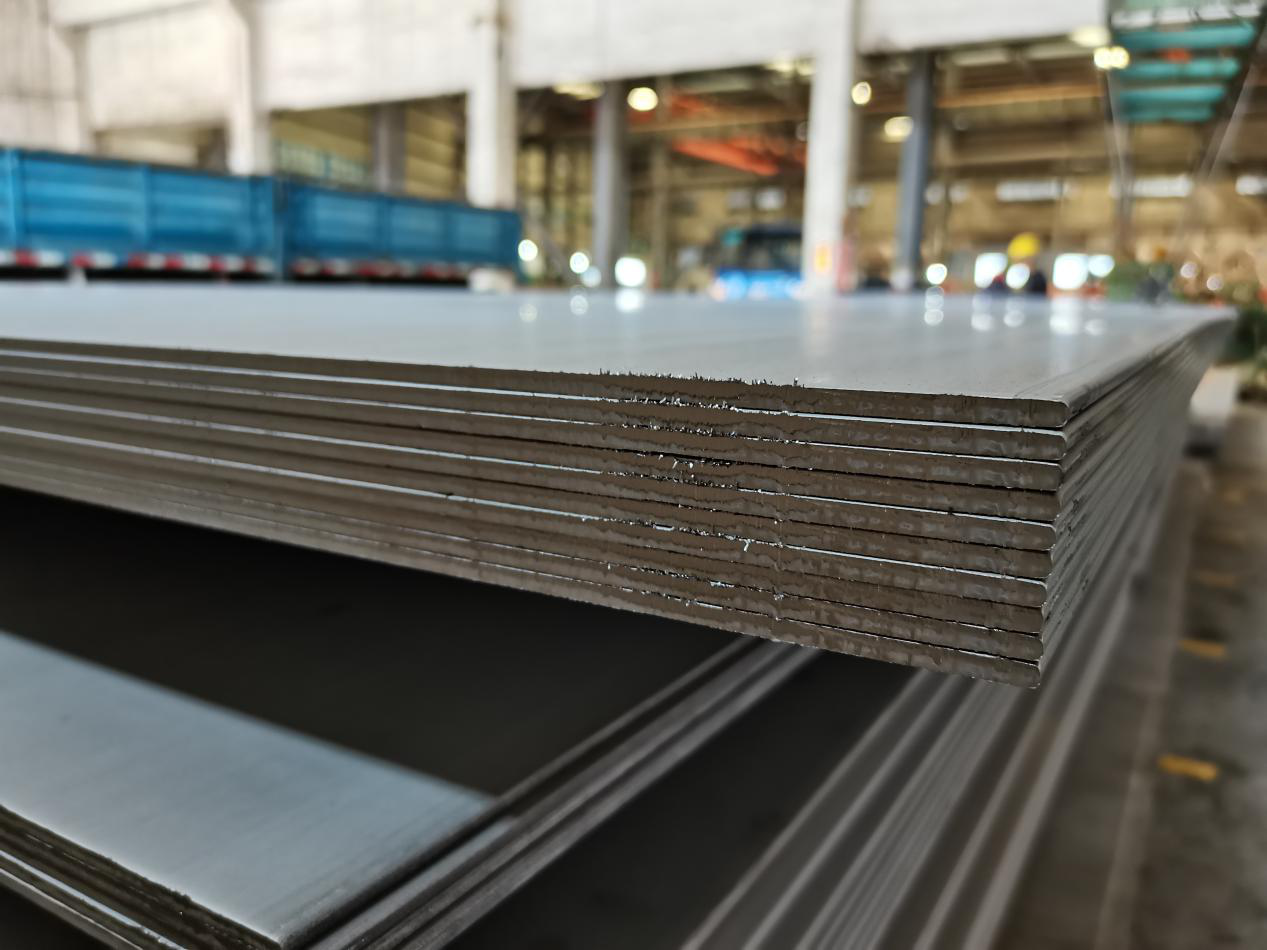Both hot rolling and cold rolling are the forming processes of section steel or steel plate. They have great influence on the structure and properties of steel. Hot rolling is the main method of steel rolling, and cold rolling is only used to produce small section steel and thin plate.
1、 Hot rolling
Advantages: it can destroy the casting structure of ingot, refine the grain size of steel, and eliminate the defects of microstructure, so as to make the steel structure compact and improve the mechanical properties. This improvement is mainly reflected in the rolling direction, so that the steel is no longer isotropic to a certain extent; the bubbles, cracks and porosity formed during pouring can also be welded under the action of high temperature and pressure.
Disadvantages:
1.After hot rolling, the non-metallic inclusions (mainly sulfides and oxides, as well as silicates) inside the steel are pressed into thin sheets, resulting in delamination (interlayer). Delamination greatly deteriorates the tensile properties of the steel along the thickness direction and may cause interlaminar tearing when the weld shrinks. The local strain induced by weld shrinkage often reaches several times of the yield point strain, which is much larger than that caused by load
2. Residual stress caused by uneven cooling. The residual stress is the internal self-equilibrium stress without external force. All kinds of hot-rolled sections have this kind of residual stress. The larger the section size of general section steel, the greater the residual stress. Although the residual stress is self balanced, it still has some influence on the performance of steel members under external force. Such as deformation, stability, anti fatigue and other aspects may have adverse effects.
2、Cold rolling
It refers to the steel plate or steel strip processed into various types of steel by cold drawing, cold bending and cold drawing at room temperature.
A kind of Advantages:
It can be made into a variety of cross-section forms to meet the needs of service conditions; cold rolling can make steel produce great plastic deformation, thus improving the yield point of steel. Disadvantages:
1. Although there is no hot plastic compression in the forming process, there is still residual stress in the section, which will inevitably affect the global and local buckling characteristics of the steel
2. The cold rolled steel section is generally open section, which makes the free torsion stiffness of the section low. Torsion is easy to occur in bending, bending and torsion buckling are easy to occur in compression, and the torsional performance is poor
3. The wall thickness of cold-rolled steel is small, and there is no thickening at the corner of plate connection, so the ability to bear local concentrated load is weak
3、 The main differences between hot rolling and cold rolling are as follows:
1. The local buckling of cold-rolled section steel is allowed, so that the bearing capacity of the member after buckling can be fully utilized; while the local buckling of hot-rolled section steel is not allowed.
2. The causes of residual stress in hot rolled and cold rolled sections are different, so the distribution of residual stress on cross section is also very different. The distribution of residual stress on the section of cold-formed thin-walled steel is bending, while that of hot-rolled or welded steel is thin-film.
3. The free torsion stiffness of hot-rolled section steel is higher than that of cold-rolled section steel, so the torsion resistance of hot-rolled section steel is better than that of cold-rolled section steel.

Copyright © 2019 East King Steel (Guangdong) Co., Ltd. | All Rights Reserved
We are here to help you! If you close the chatbox, you will automatically receive a response from us via email. Please be sure to leave your contact details so that we can better assist